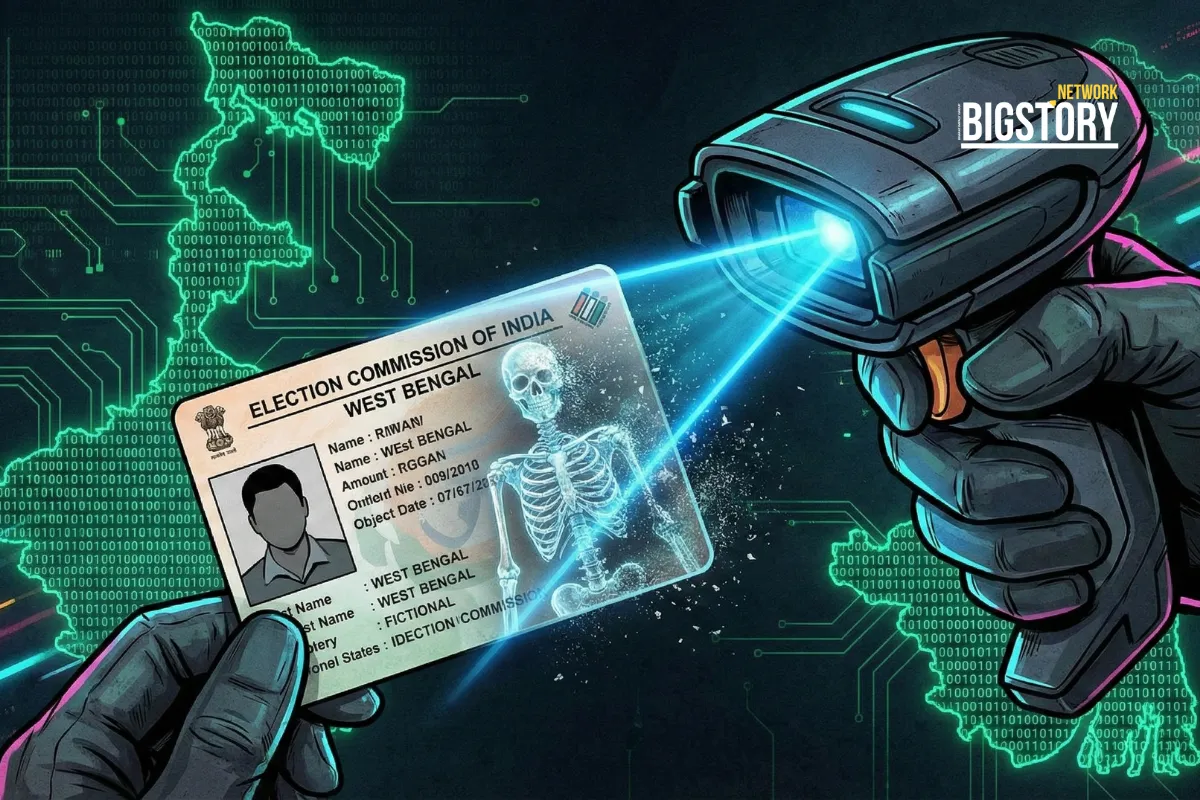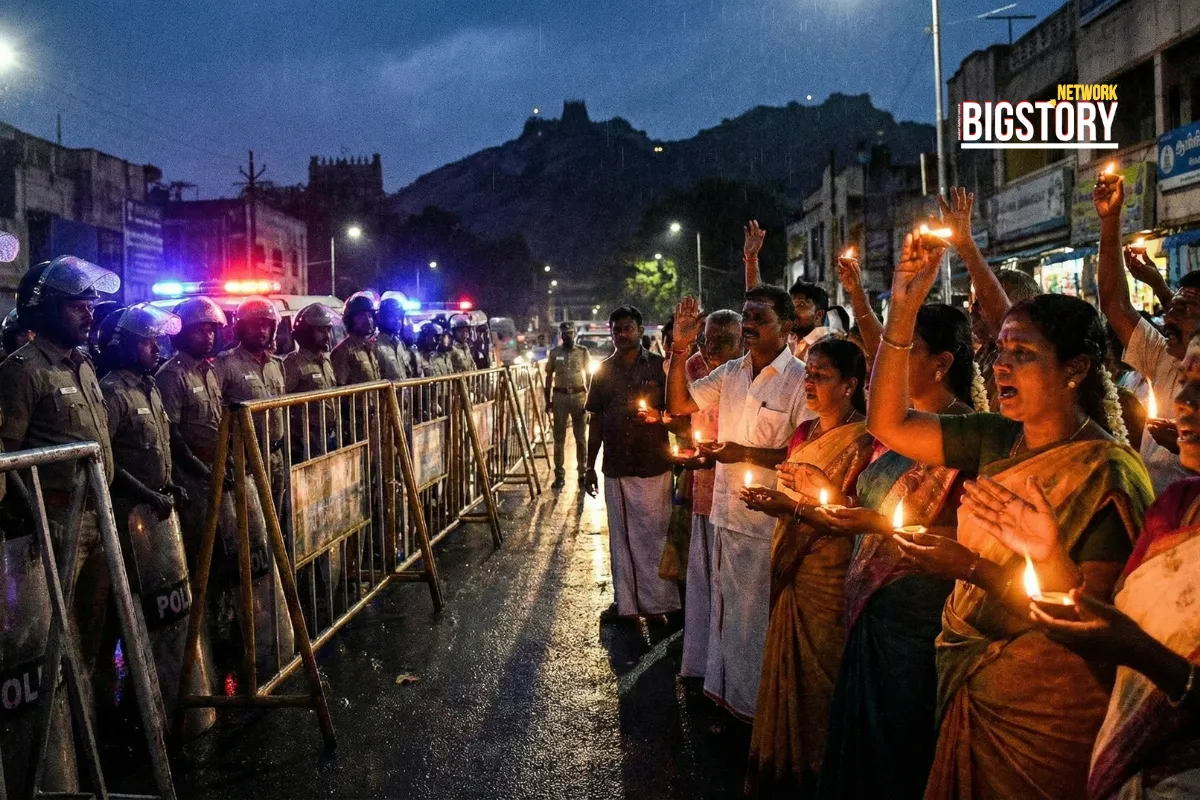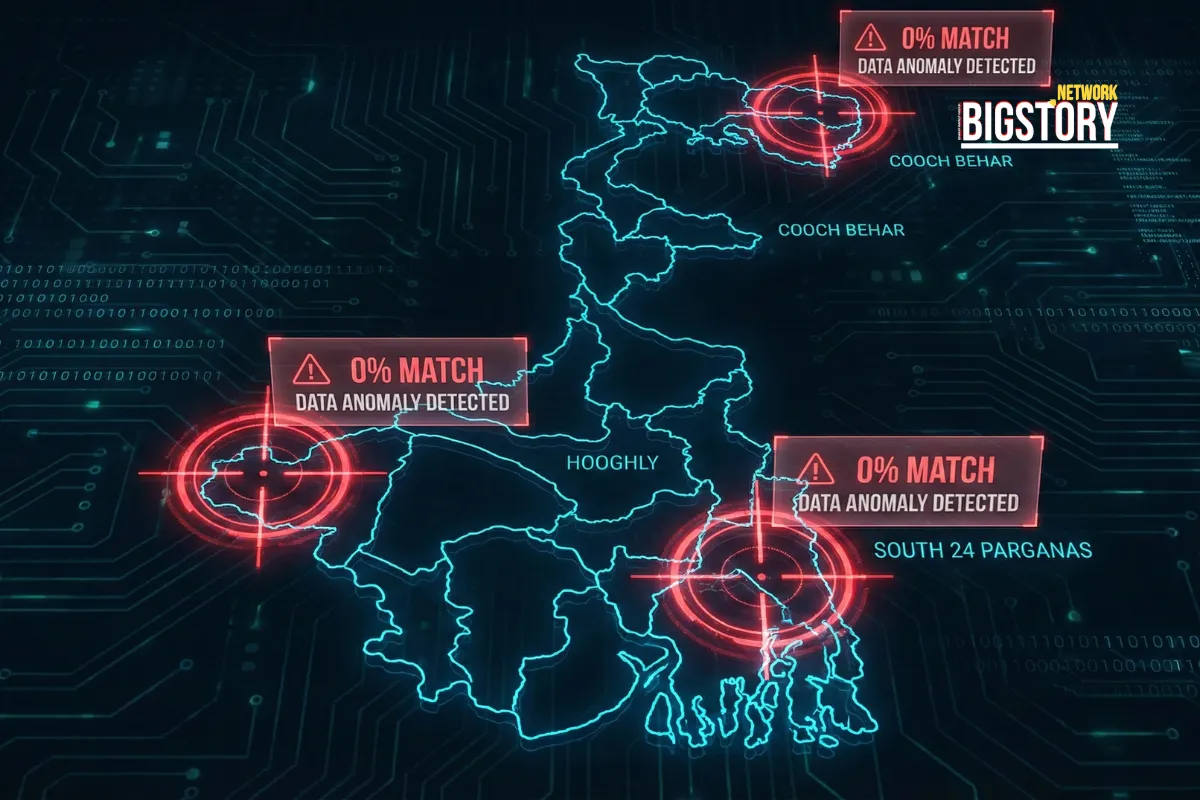A Mumbai Monorail train stalled on a bridge yesterday, forcing a high-altitude evacuation using a crane. No major injuries reported; probe into cause and safety protocols underway
 Manish Saini
Manish Saini
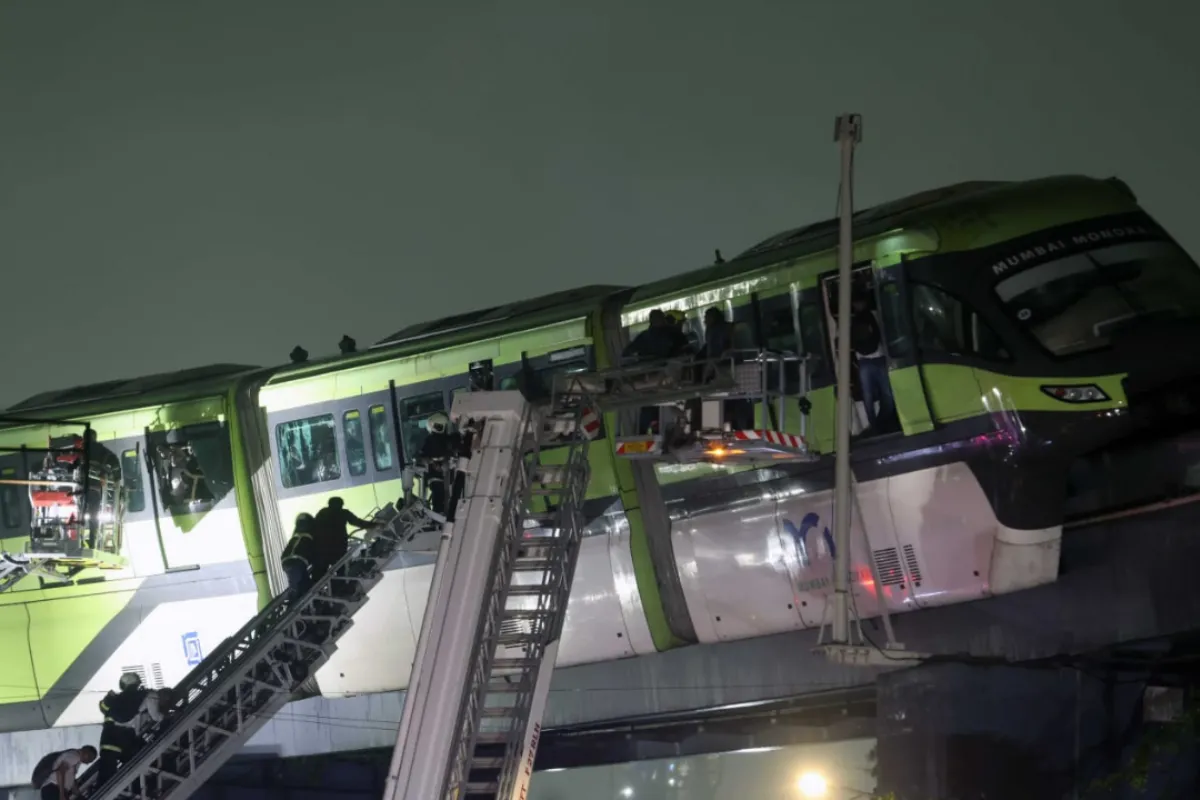
A Mumbai Monorail train stalled mid-span on an elevated bridge yesterday, triggering a dramatic rescue in which stranded passengers were evacuated using a crane. The incident, which unfolded during regular service hours, has renewed scrutiny of the system’s operational reliability, emergency preparedness, and maintenance practices. While preliminary accounts indicate no major injuries, the experience rattled commuters and reignited questions about how swiftly and safely evacuations can be conducted when trains halt at inaccessible locations.
According to passengers, the train lost movement shortly after departing a preceding station, coming to a halt over a busy roadway. Initial attempts to reset systems and restore traction reportedly failed. With the train immobilized and no catwalk access along the span sufficient for a full passenger walk-down, authorities activated a crane-assisted evacuation plan. Rescue teams coordinated traffic control below, positioned the crane, and used rescue cages or harnesses to lower passengers to the ground in a controlled sequence. The process took time, requiring careful safety checks and passenger briefings to avoid panic and ensure orderly descent.
Incidents like this are operationally complex for elevated systems. A monorail operates on a single guide beam with limited crossovers, meaning a stalled train can block the line and restrict rescue access until specialized equipment arrives. If the stoppage point lacks adjacent catwalks or platforms, options narrow to rescue trains, mobile ladders, or cranes. Each approach trades speed for safety; crane operations, while visually dramatic, are sometimes the safest when vertical clearance is adequate and horizontal access is constrained.
The immediate questions after such an event are predictable and important:
From a passenger’s standpoint, the experience hinges on three factors: information, environment, and time. Information means immediate acknowledgement of the issue, realistic time estimates, and clear instructions. Environment involves ventilation, lighting, and temperature control while the train is stalled; if HVAC is compromised, distributing water and prioritizing evacuation for vulnerable riders becomes vital. Time refers not just to total duration but to predictability—knowing when rescue will begin and how fast it proceeds helps maintain calm.
For the operator and city authorities, this incident should trigger a focused after-action review with concrete outputs:
Short-term mitigation that can reassure riders includes:
Longer term, reliability engineering is the cornerstone. Track the mean distance between failures (MDBF) for key subsystems—traction, doors, signaling, HVAC—and tie maintenance priorities to the components with the highest incident contribution. Predictive maintenance using condition monitoring (e.g., sensor data on motor temperatures, door cycle counts, inverter diagnostics) can flag degrading parts before they fail. Supplier agreements should maintain critical spares locally to avoid extended downtimes.
Design-wise, clear evacuation signage and simple in-cabin instructions—illustrated cards or stickers near doors—help when announcements are hard to hear. Emergency lighting and manual ventilation options can mitigate discomfort. Trained onboard staff or roving incident response personnel can expedite assessment and keep passengers informed face-to-face.
From a commuter perspective, practical tips in the rare event of a stall:
Even reliable systems have bad days, but the public’s tolerance depends on how rare such events are and how well they’re handled. If the operator demonstrates that yesterday’s crane evacuation led directly to specific fixes—component replacements, improved evacuation infrastructure, faster response times—confidence can be restored. Conversely, if similar incidents recur without visible improvements, ridership and trust will suffer.
In summary, a mid-bridge stall necessitating a crane rescue is a serious operational failure but also a solvable one. The way forward is clear: find and fix the root cause, upgrade evacuation options along key spans, professionalize and timebox the response protocol, and communicate candidly. Do that consistently, and the monorail can move from headline-grabbing rescues back to the mundane reliability commuters want.

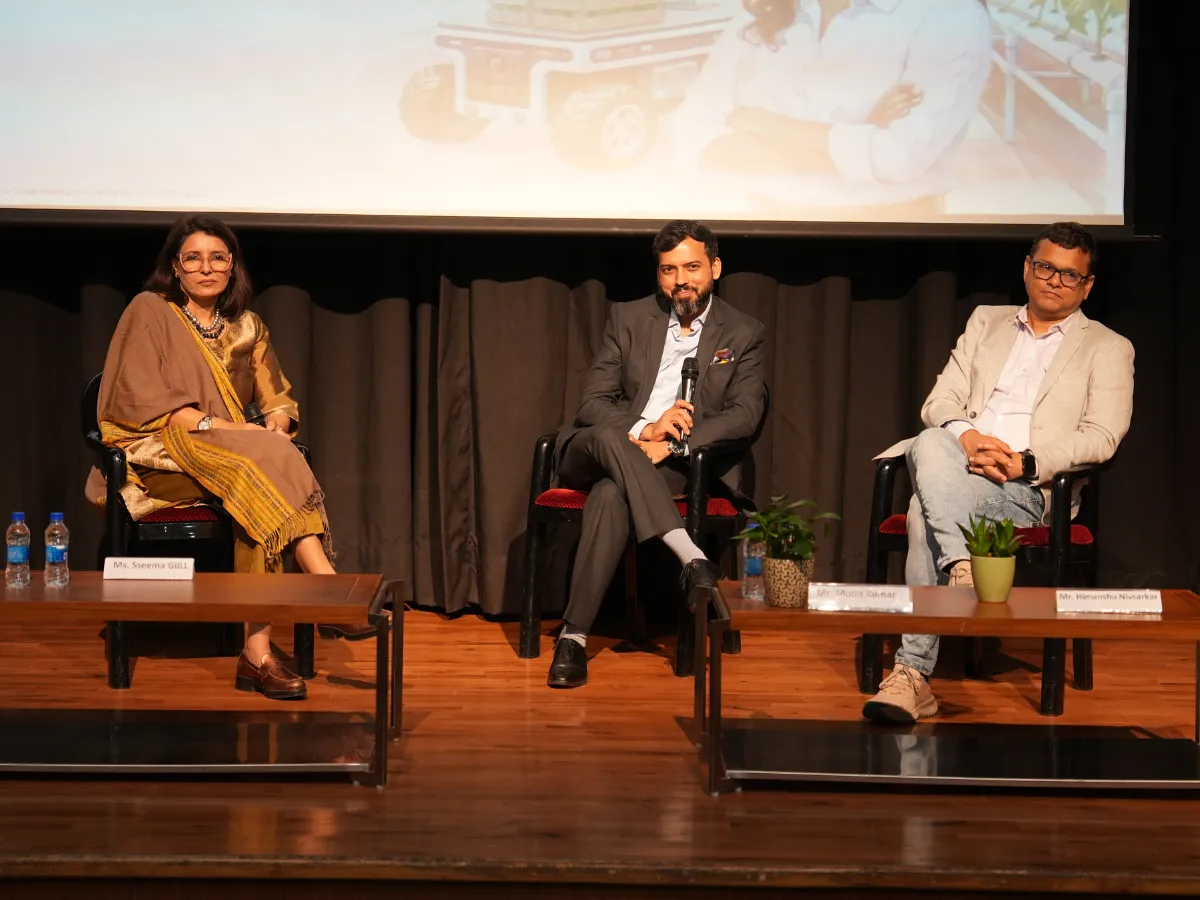


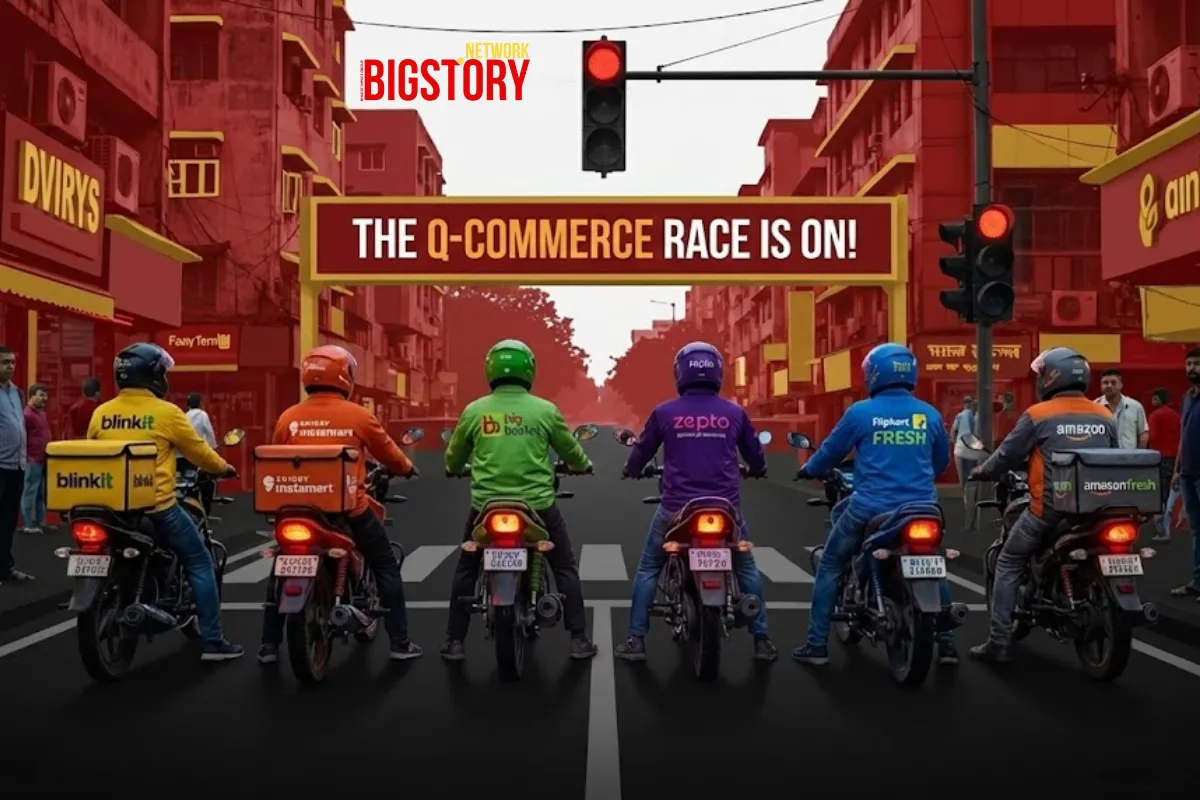

Sign up for the Daily newsletter to get your biggest stories, handpicked for you each day.
 Trending Now! in last 24hrs
Trending Now! in last 24hrs
